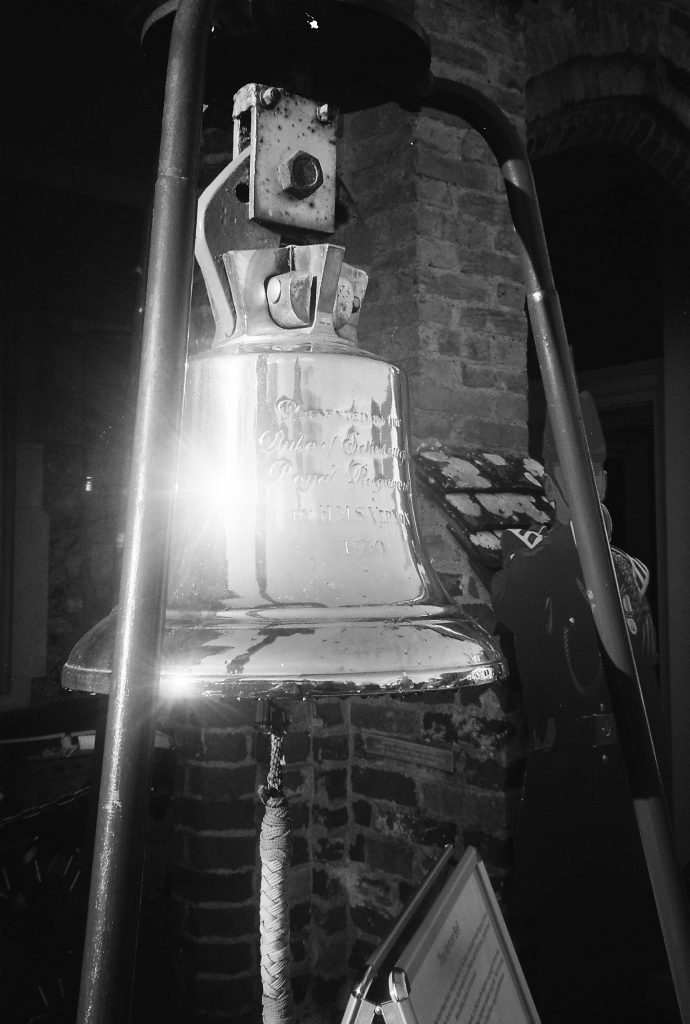Creating mood and emotion in photography is an essential aspect of the art form. Whether you’re a professional photographer or an amateur, understanding how to use different techniques to convey a specific feeling or atmosphere in your images can take your photography to the next level. In this blog post, we’ll explore some of the key ways to create mood and emotion in your work.
The way lighting falls on a subject can greatly affect the mood of a photograph. For example, soft, warm light can create a cozy, intimate atmosphere, while harsh, bright light can create a feeling of tension or drama. To create a specific mood with lighting, consider the direction, intensity, and color of the light. For example, using backlight can create a sense of mystery and intrigue, while using front light can create a sense of warmth and familiarity.
Composition is the way elements are arranged within a photograph can also create a sense of mood. For example, a photograph that is symmetrical and balanced can create a sense of calm and tranquility, while a photograph that is chaotic and unbalanced can create a sense of unease. In order to create a specific mood with composition, consider the placement of the subject within the frame, the use of negative space, and the use of leading lines.
Colour can also play a major role in creating mood and emotion. For example, warm colours like red and orange can create a sense of energy and excitement, while cool colours like blue and purple can create a sense of calm and serenity. To create a specific mood with colour, consider the colour palette, the saturation, and the contrast in your photograph.
The subject matter of a photograph can also create a sense of mood or emotion. For example, a photograph of a person crying can create a feeling of sadness, while a photograph of a person laughing can create a feeling of joy. To create a specific mood with subject matter, consider the expression, the posture, and the surroundings of the subject.
Lastly, post-processing techniques such as color grading and tone mapping can be used to enhance the mood and emotion of a photograph. For example, by desaturating the colors in an image, you can create a feeling of nostalgia or a sense of detachment. By increasing the contrast, you can create a sense of tension or drama.
In conclusion, creating mood and emotion in photography is not a one-size-fits-all process, but by understanding the different techniques available and experimenting with different combinations, you can develop your own personal style and take your photography to the next level. It’s important to remember that the most important aspect of photography is to tell a story, and the best way to do that is to create a mood and an emotion that the viewer can relate to.
